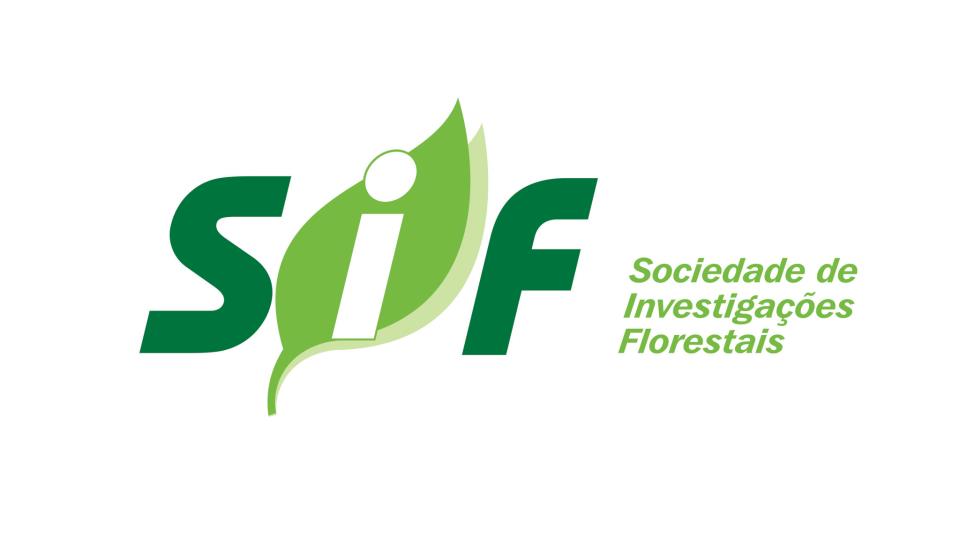Biblioteca Florestal
Digital
Digital
Comparação de métodos de amostragem para análise estrutural de florestas ineqüiâneas

JavaScript is disabled for your browser. Some features of this site may not work without it.
| dc.contributor.author | Farias, Cássia Aparecida de | |
| dc.contributor.author | Soares, Carlos Pedro Boëchat | |
| dc.contributor.author | Souza, Agostinho Lopes de | |
| dc.contributor.author | Leite, Helio Garcia | |
| dc.date.accessioned | 2014-11-18T13:11:51Z | |
| dc.date.available | 2014-11-18T13:11:51Z | |
| dc.date.issued | 2002 | |
| dc.identifier.citation | FARIAS, C. A. et al. Comparação de métodos de amostragem para análise estrutural de florestas ineqüiâneas. Revista Árvore, Viçosa, v. 26, n. 5, p. 541-548, 2002. | pt_BR |
| dc.identifier.issn | 1806-9088 | |
| dc.identifier.uri | http://www.bibliotecaflorestal.ufv.br/handle/123456789/12804 | |
| dc.description.abstract | O presente trabalho foi realizado em um povoamento florestal ineqüiâneo, pertencente à Universidade Federal de Viçosa-MG, objetivando comparar estimativas do número de árvores por hectare, volume por hectare, área basal por hectare, diâmetro médio e altura média do povoamento e número de espécies, utilizando parcelas de área fixa (método I) e amostragem por ponto horizontal (método de Bitterlich), com fatores de área basal K=1, K=2 e K=4 (métodos II, III e IV, respectivamente). Após análises, constatou-se que: a) para atender a um determinado erro de amostragem, há a necessidade de maior número de pontos de amostragem, em comparação ao número de parcelas de área fixa; b) não houve diferença estatística entre as estimativas de volume por hectare, área basal por hectare, diâmetro médio e altura média do povoamento, obtidas nas parcelas de área fixa e nos pontos de amostragem, independentemente do fator de área basal; c) a amostragem por ponto horizontal (método de Bitterlich) poderá ser utilizada para caracterização da composição florística se houver aumento de intensidade amostral ou se a floresta apresentar baixa diversidade de espécies; e d) houve diferença estatística entre o número de árvores por hectare e por classe de diâmetro para os métodos de amostragem estudados. Os métodos II, III e IV subestimaram o número de árvores nas maiores classes de dap (diâmetro à altura do peito) e superestimaram-no nas menores. | pt_BR |
| dc.description.abstract | This work was carried out in a uneven-aged stand at the Universidade Federal de Viçosa, Minas Gerais, Brazil, to compare estimates of the number of trees per hectare, volume per hectare, basal area per hectare, medium diameter and medium height of the stand and number of species, using plots of equal size (Method I) and the horizontal point sampling (Bitterlich Method), with basal area factors K=1, K=2 and K=4 (Methods II, III and IV, respectively). After analyses, it was verified that: a) to meet to a certain sampling error, a larger number of sampling points is needed in comparison with the number of plots of equal size; b) no significant difference was found among the volume estimates per hectare, basal area per hectare, medium diameter and medium height of the stand, obtained from the plots of equal size and the sampling points, regardless of the basal area factor; c) the horizontal point sampling (Bitterlich Method) can be used for characterization of the number of species in an uneven-aged stand if there is an increase of number of points or if the forest presents low species diversity; d) there was no significant difference among the numbers of trees per hectare and diameter class for the sampling methods studied. Methods II, III and IV underestimate the number of trees in the largest DAP classes and overestimate it in the smallest ones. | pt_BR |
| dc.format | 8 páginas | pt_BR |
| dc.language.iso | pt_BR | pt_BR |
| dc.publisher | Sociedade de Investigações Florestais | pt_BR |
| dc.relation.ispartofseries | Revista Árvore:v.26,n.5; | |
| dc.subject.classification | Ciências Florestais::Manejo florestal::Dendrometria e mensuração florestal | pt_BR |
| dc.subject.classification | Ciências Florestais::Manejo florestal::Manejo de florestas inequiâneas | pt_BR |
| dc.title | Comparação de métodos de amostragem para análise estrutural de florestas ineqüiâneas | pt_BR |
| dc.title | Comparison of sampling methods for structural analysis of uneven-aged stands | pt_BR |
| dc.type | Artigo | pt_BR |
Arquivos deste item
| Arquivos | Tamanho | Formato | Visualização | |
|---|---|---|---|---|
| Revista_Arvore_v26_n5_p541-548_2002.pdf | 363.9Kb |

|
Visualizar/ |
|





